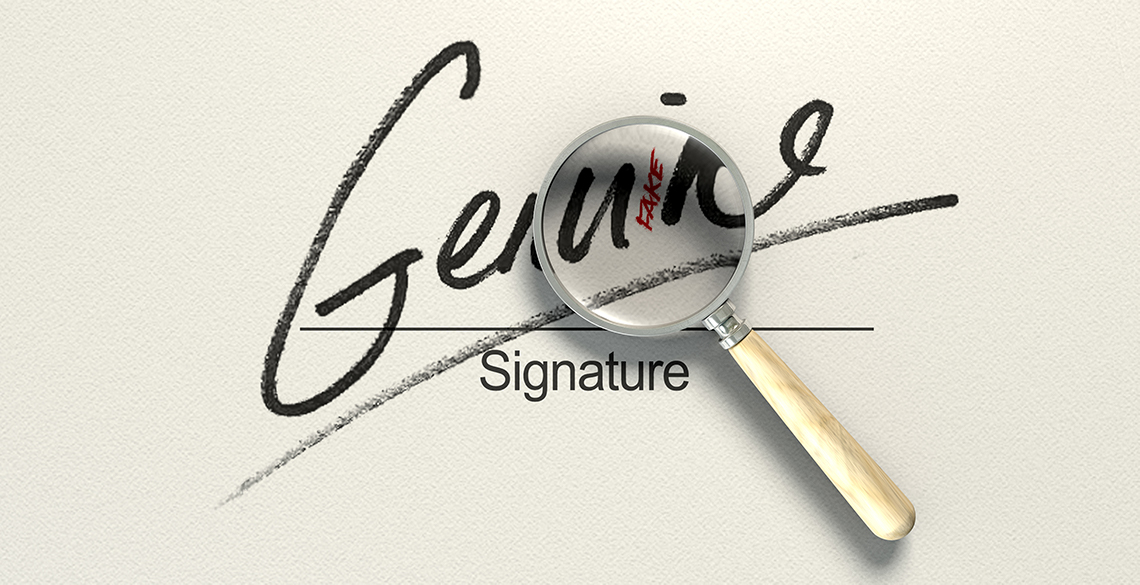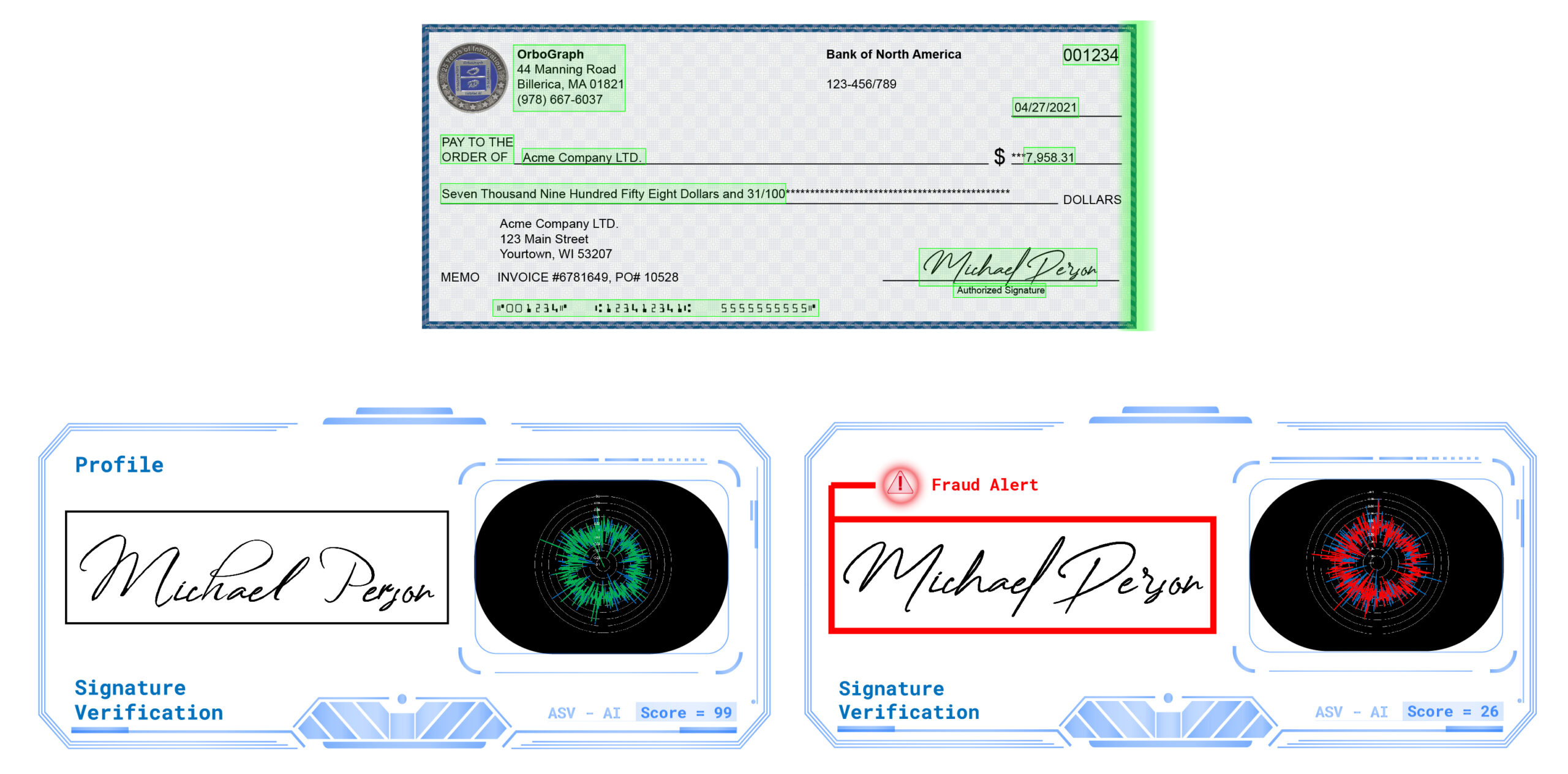Check Forgeries: Leveraging AI and Machine Learning for Signature Verification
Forbes reports on the roles of Artificial Intelligence and Machine Learning in revolutionizing the process of signature verification in the banking sector.
Despite increased digitization over the last decade, most organizations continue to rely on signatures as the primary method of transaction authentication. Signing checks, authorizing documents and contracts, approving transactions, and validating activities are just a few examples of key business activities that typically necessitate signatures.

Advanced algorithms and machine learning techniques are the tools AI deploys to address the limitations of the current manual process, while enhancing the accuracy, speed and efficiency of signature verification.
Machine Learning (AI) Signature Recognition And Verification: Four Steps
The article explains that there are, basically, four steps in effective AI signature recognition:
Signature Verification and Check Fraud
One of the oldest scams in the fraudster book is, of course, fake signatures on stolen or reproduced checks. Typically, a fraudster will attempt to imitate the signature, or simply trace a signature. Unfortunately, unless a person is a forensic document examiner, it may be extremely difficult for them to detect if the signature is a forgery.
However, this is where AI and machine learning shine:
The entire signature verification process can be automated by AI-powered systems, eliminating the need for manual examination. Signature verification methods can swiftly compare the submitted signature to reference signatures on file, considerably lowering processing time and enhancing operational efficiency.

As noted by Forensic Document Examiner, Khody Detwiler:
There is a lot of commonality between how software operates and how a document examiner looks at documents and signatures. Tying back to those 21 discriminating elements, the software and examiner analyze similar features such as spacing, sizing, letter formation, etc.
AI software doesn’t exactly tell you which features are being analyzed by name. In the case of OrbNet Forensic AI, I know there are 512 feature vectors used in feature extraction which are incorporated with this image analysis. Also remember that software typically analyzes 200 dpi bitonal images in check processing.
Automated Signature Verification (ASV-AI) is a key feature within image forensic AI for check fraud detection. See Automated Signature Verification (ASV-AI) in action by scheduling your demo here.